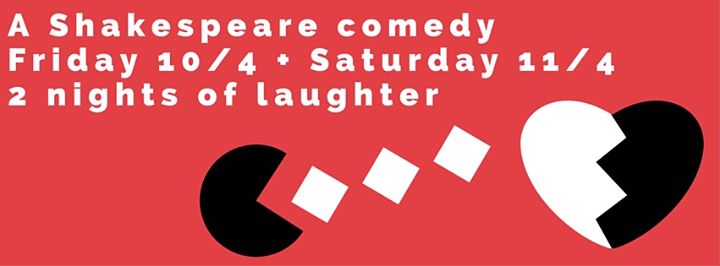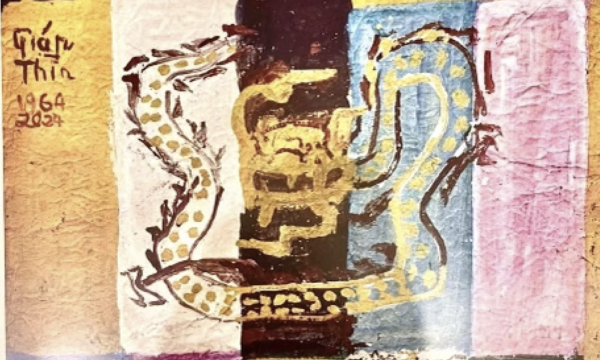Spring Play: The Complete Works of Shakespeare (Abridged)
Last weekend, for the first time in UNIS history, the student body has had the pleasure of seeing two plays in the same school year. Earlier this year, we have “Little Shop of Horrors”, the gruesome yet cute play about Seymour and his human-eating plant. Now, the student body is once again immersed in the jovial spirit that precedes and follows the opening of a school play; only this time, the play is about the horror that stalks English classes everywhere. To be more specific, it is “The Complete Works of William Shakespeare (Abridged)”.
To be honest, I was a little skeptical going into the play at first. Shakespeare plays are infamous to say the least, and there are thirty-seven of them – some great, some horrible. To make a parody of all thirty-seven and be able to present this in the space of less than two hours is no small feat. Additionally, the play’s advertising campaign left much unexplained, other than its parodic nature and relation to Shakespeare. Thus it was natural for me to be skeptical about a play that supposedly covers thirty seven different plays – meaning thirty seven different plots, and thirty seven different themes.
However, I can honestly say, even before the intermission, that the cast and crew truly outdid themselves, and proved me completely wrong. The humor was always fresh, the acting superb, and the costumes and props were awesome. The continuity of the plot wasn’t a problem at all; the play followed the cast themselves, attempting and “failing” to present Shakespeare to the audience, employing various means to summarize all of Shakespeare’s plays, through cooking shows, rap, and simply acting out the plays.
The result is a coherent plot that follows the story of the characters in the various plays – actors that portray what is the definition of a classic Shakespearean character: one that hilariously fails in many aspects, yet accomplishes in the goals that they pursue. In this case, the goal of the actors is to make the audience learn about all of Shakespeare’s works, which I now can say I knew more about than before. The only gripe that I have about the play are that their audience interactions usually left some members (especially ones sitting at the edges) uncomfortable if not outright terrified, and their tendency to call everyone Bob; both of which still leave the audience in immense hysteria (besides the ones being picked on by the cast).
One of the main selling points of the play would be its screenwriting and directing. The play opens with humor, then leads the audience from one laugh to another, usually in the form of a hysterically bad sword fight, someone being killed in a gruesome way, or jokes that gave the play its PG-13 rating. All thirty-seven of Shakespeare plays were mentioned or referenced, and some (such as Hamlet) were acted out in more detail; that is, until a paradoxical plot twist comes and sends the audience into laughter.
So, to sum it up, the spring play was an unexpected, but not unwelcome, surprise. The effort put into the play clearly showed in the cast’s acting, the play-writing and directing was excellent, and the humor was on-point. If you missed the play, you definitely missed a good time, and a chance to watch a great parody of one of the greatest playwrights of all time.








